How Wordless Picture Books Turn Kids Into Readers (And 5 Book Recommendations)
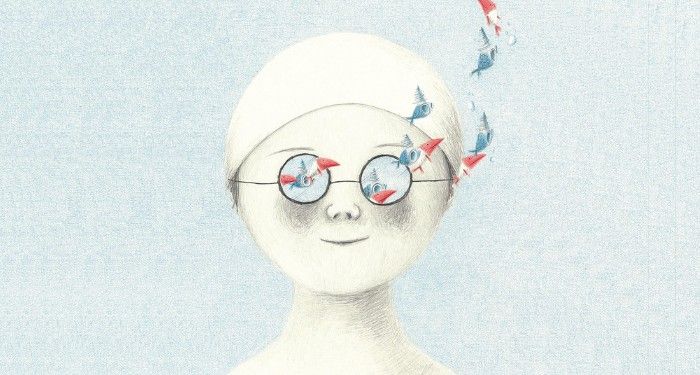
Nothing warms my heart as much as seeing a child fall in love with books. My family has been reading to my nephew since mere days after he was born, and now, at three years old, he loves books so much he keeps some in bed with him. This kid doesn’t even know how to read yet, but he wants to have a book with him at all times. It’s really made me reconsider what reading means to him as a three-year-old. His concept of reading does something that adults’ sometimes can’t, as we argue over whether graphic novels and audiobooks count as reading; his concept of reading goes beyond words.
Even though he can’t read yet, or maybe especially because he can’t read yet, his conception of reading has more to do with stories and storytelling than with words themselves. For him, the storytelling experience, whether he’s the receiver or teller, is all. That makes a lot of sense: his experience with reading is made up almost entirely of adults reading to him. He is the recipient of these stories, but not the reader.
Except he does “read” books. When he looks through books on his own before bed, he examines the images, probably retelling the stories he’s heard—and maybe even making them up himself—as he goes. He even self-identifies this as “reading” his books. This has got me thinking about what this type of image-based analysis and personal storytelling does for him as a pre-reader.
According to Manhattan Public Library children’s librarian, Hannah Atchison, one of the many benefits of wordless picture books is the groundwork they lay for interpretation:
“Reading is an interpretation of symbols and the connection of those symbols to their meaning in the world…. The skills gained from reading a wordless picture book— interpretation of context clues, emotional intelligence, body language, and imagination—are just as valuable.”
So my nephew really is reading in a way. He’s reading the pictures and the story those pictures create, even if he’s not reading the words. Most of his books are text-based right now (with the exception of Goodnight Gorilla, which is an early childhood gem), but could exposing him to more wordless picture books expand his pre-reading abilities?
The analysis, critical thinking skills, and narrative framework children are exposed to with wordless picture books provide a strong foundation for other forms of symbolic analysis, like text-based reading. This is backed up by research published in Early Childhood Research Quarterly by Leydi Johana Chaparro-Moreno, Florencia Reali, and Carolina Maldonado-Carreño, who found that wordless picture books boosted language production compared to text-based picture books. Their findings “suggest that using a wordless picture book during shared reading influences positively children’s number of words, sentences and lexical diversity. Higher levels of children’s language mirror teachers’ levels of instructional support….”
What does that mean? Essentially, a wordless picture book is only as good as the instruction that goes along with it. Evelyn Arizpe, Professor of Children’s Literature at the University of Glasgow encourages caretakers and teachers to use “prompts like ‘I wonder what’s happening here’ or ‘tell me about this picture’,” so that the children can “become that co-author together with the illustrator.”
Wordless picture books force adults to engage with books in a different way, too. Instead of just reading the words on the page, adults need to help form the narrative of the story themselves. Guiding questions about what’s happening on the page, what emotions the character’s expressions evoke, and how the illustrations convey those ideas help children decode and shape the story being told.
I can definitely see how wordless picture books can be confusing or intimidating to adult readers, since they challenge how we view books and reading as well as how we engage as readers and storytellers ourselves. But the benefits are so obvious from even just a glance. Understanding narrative is a fundamental part of learning how to read, interpret, and tell stories—and wordless picture books help children do just that.
Personally, I can’t wait to introduce my nephew to more great wordless picture books and see how that impacts the way he views reading and storytelling as an enthusiastic pre-reader. Here are a few I plan to share with him that you might want to introduce to the kiddos in your life, too.
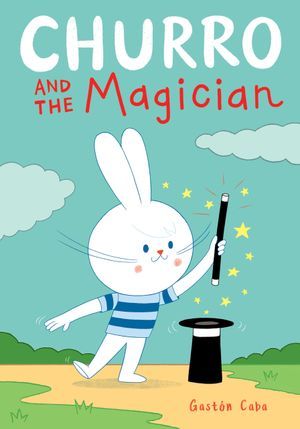
Churro and the Magician by Gastón CabaWhen Churro takes a magician’s magic wand, he realizes it possesses actual magical powers. Now, he can turn ordinary objects—like a monument or a train—into the extraordinary! But when he takes it a bit too far, the magician tracks him down to retrieve his wand and return the world to normal. This one is so incredibly cute and creative! Caba utilizes some almost graphic-novel-like panels to create the illusion of movement in the illustrations, which I just know kids will love. |
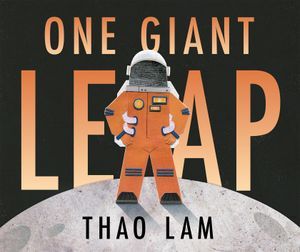
One Giant Leap by Thao LamAn ordinary trip in an elevator becomes a space adventure in this wonderfully creative wordless picture book from Thao Lam. Not only will kids love the outlandishly fun adventure of this book, it will also get them thinking of all the wild leaps their own imaginations can take while doing ordinary, everyday tasks. |
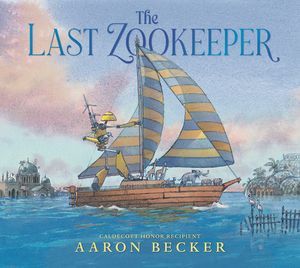
The Last Zookeeper by Aaron BeckerMaster of wordless picture books Aaron Becker’s newest story explores the remnants of a zoo and its robot caretaker in a flooded world. With messages about empathy, hard work, and caring for animals and our environment, parents will love this book just as much as kids. |
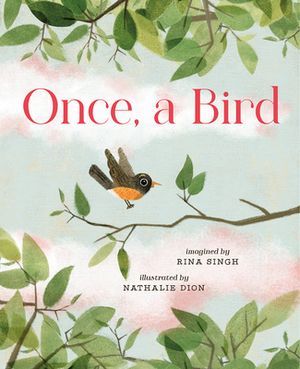
Once, a Bird by Nathalie Dion and Rina SinghAs the first bud appears on a tree, a bird realizes it’s time to start building a nest. But where to go? And who will she see on the way? Budding bird watchers (and what baby isn’t?) will love this book! My bird-obsessed nephews are definitely going to enjoy all the people watching and interacting with this new mama bird. |
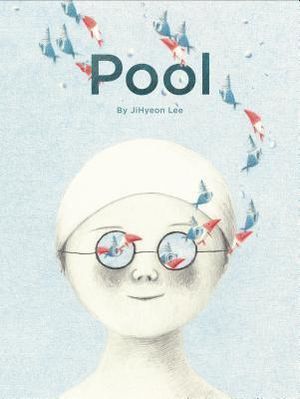
Pool by JiHyeon LeeWhen a boy dives under the water at a pool, he discovers a whole new world of fantastical creatures—and a new friend! Lee’s dreamy illustrations really make this book. I love the sparse use of color and the emotive illustrations. This one is for the kiddos who can’t help pretending to be dolphins in the pool. |
Find more in the world of wordless picture books to explore with these 7 Mostly-Wordless Picture Books and these 17 Wonderful Wordless Picture Books.